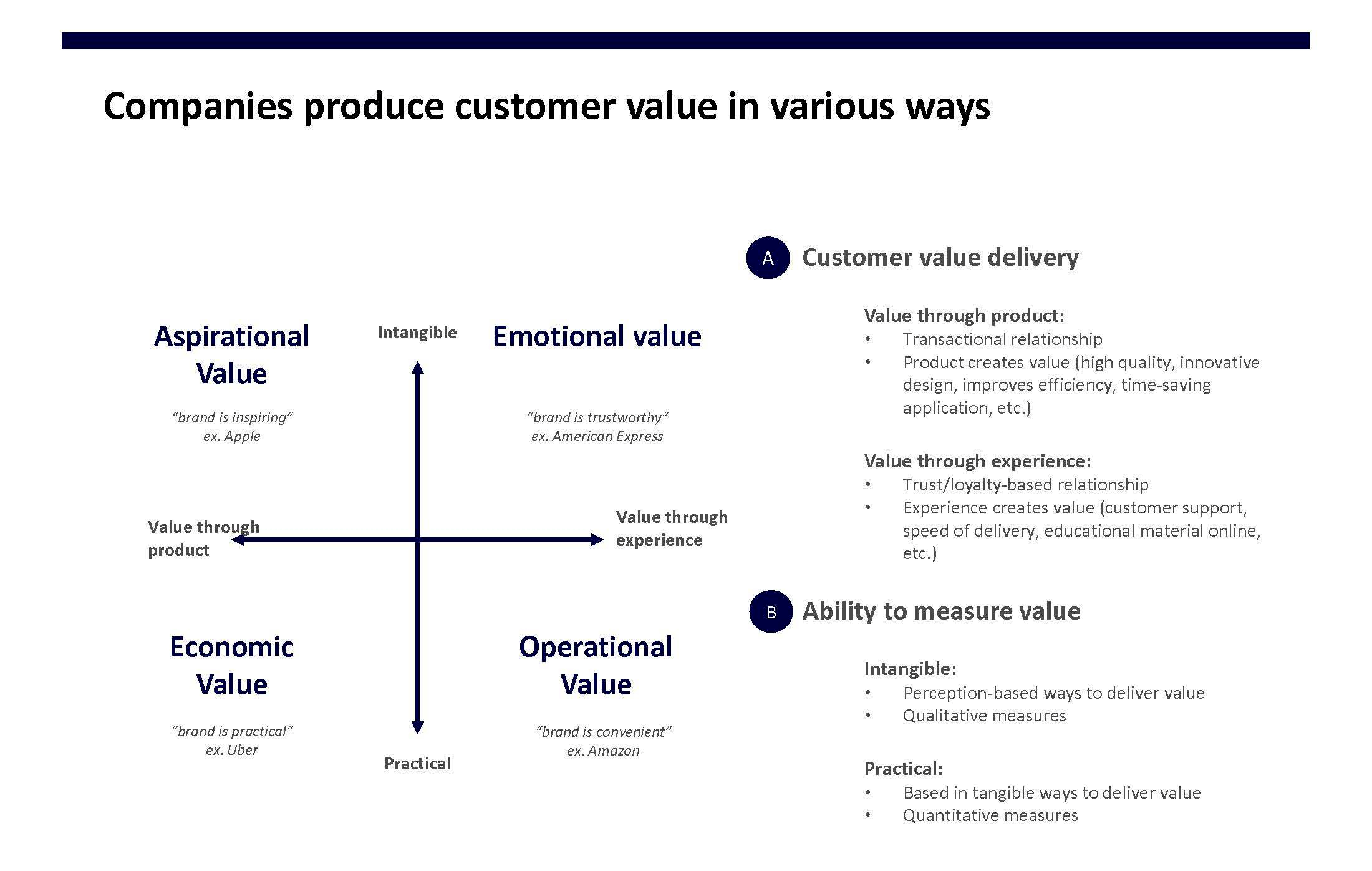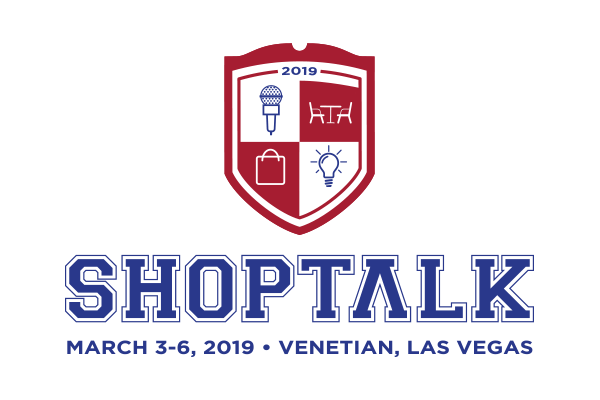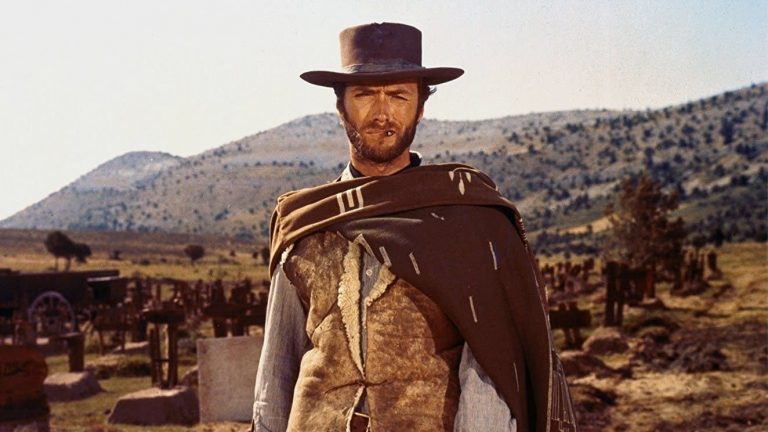As we, at The Navio Group, celebrate our first anniversary we took the time to reflect on what the last year has taught us. There are some practical things we would answer, particularly as it relates to our regular travel: be careful of swinging backpacks if you’re seated in an aisle seat on a plane (see actual picture from one of our trips below) or it’s nice – scratch that, required – to have portable chargers (thank you, Anker).

While the small travel tips improved our travel at the margins, we spent time evaluating lessons from our work and what we’d taken away from our experiences. Three areas stood out that have shaped our perspective since we first set out on this journey a year ago. At the heart of retail transformations, we’ve seen two themes and one macro trend stand out in the past year: organizing for success, putting the customer experience front and center, and watching retail fuse with healthcare.
Macro-trend in Healthcare: retailers and brands want to be a cure for what ails the industry
In the past year, we’ve had the good fortune of working with a pre-eminent retailer to drive and launch key initiatives that aim to change the healthcare landscape. In the pursuit of driving better outcomes for customers/patients, we’ve seen first-hand how bringing a customer-focused lens can help solve customer pain-points. (The problems in healthcare are real: almost 75% of Americans believe the industry is in a “state of crisis”). From access and convenience to affordability, opportunities abound to build billion dollar businesses in the space. The opportunity to better serve their customer’s healthcare needs should be near the top of every large retailer’s strategic agenda. 2018 saw Amazon, Walmart, Walgreens, CVS, Apple, Microsoft, and Best Buy (among others), make large moves in the space and 2019 should only further those commitments. Healthcare necessitates a shift to greater services so the retailers that have begun to evolve the legacy brick-and-mortar model will have an edge. What we’ve found to be most challenging is how to measure impact and customer resonance beyond the traditional metrics. As an example, from our work, education, localization, and access have been important to retail healthcare success. We’re in the early stages of measuring the impact of such initiatives but the consumer white space presents opportunity for retailers to build off their core skillset of delighting customers and meeting their needs.
Organizational structure: not a topic of conversation at cocktail parties but essential to enterprise innovation
The first key learning from our work this past year has been how critical organizational structure and design is to create an engine for growth. The insight itself is not new and, in fact, almost twenty years ago Clay Christensen, the father of disruptive innovation, wrote:
It’s not that managers in big companies can’t see disruptive changes coming. Usually they can. Nor do they lack resources to confront them. Most big companies have talented managers and specialists, strong product portfolios, first-rate technological know-how, and deep pockets. What managers lack is a habit of thinking about their organization’s capabilities.
Enterprises are built to do certain things very well — and at scale — but the challenge of creating new, rather than just improving, products and services for customers is more difficult because it means achieving different objectives on different timelines with different people.
To be successful in driving innovation, teams must ignore existing norms and processes, do away with cross-functional dependencies to move with pace, and acquire different team member skillsets that are not core to the organization. Jason Fried, the CEO of Basecamp, says it best when he talked about his organization:
There’s far too many interdependencies between departments and people. I think people should be able to slide by one another rather than grind their gears. So, for example, at Basecamp all of our teams are really small, three people or fewer. No two departments really depend on each other to get anything done. You never have to wait around for someone else to do something for you, you just figure it out yourself or you don’t do it at all.
We have seen the same approach lead to success because it fosters the ability to move faster by centralizing information, decision-making, and accountability. Agility and a centralized model that come from small teams (at Amazon this was akin to the famous “two pizza” rule) are important when building something new.
As you consider your organization’s innovation and growth goals, we have seen that answering a few questions to inform organizational structure can be quite helpful:
- What are your goals for the initiative?
- What is the time horizon? And is it reasonable? (Ask others to baseline “reasonable” too.)
- How will the organization give the team room to operate with autonomy?
- What skills are needed on this project?
- Where can we access (both internally and/or externally) the talent needed to achieve this work in an independent manner?
Customer experience: forget the medicine the doctored order – make the investment the customer demands
Today’s customers crave brand authenticity, experiences with their merchandise, and personalization. While this is not new, the strategy and tactics companies deploy vary despite a singular question: is your company’s strategy to capture or create value for the customer?
In working this past year within the transformation and innovation arms of a F500 retailer, a F500 CPG and a F500 financial service company, we enjoyed direct line of sight into how these large, successful companies are changing course. If there’s a central theme it’s that the best decisions come from asking: “What value are we creating for the customer and how can we create more?”
We often see two challenges that stand in the way of allowing this question to guide strategy. The first is the structure (see above) and the second is the balance of short- and long-term gains. By asking “how can we create more value for the customer” and then building the answer, a company bets that an over-investment in their customers will result in their customers over-investing with them. The results come via the traditional metrics such as traffic, basket size, and the golden goose: word-of-mouth.
While it sounds simple, in practice we see hesitancy and fear relating to how investments in the customer experience will be received by the investor community. Investors do not want to hear they will need to wait for returns, especially for non-profit generating projects, and they punish the stock if that’s the message they receive:
- When Walmart announced a $2B investment into a new customer ecommerce/digital platform in October, 2015 their stock dropped -22% in the subsequent 30 days
- When Target announced in February, 2017, their plan to invest $7B to enhance digital capabilities and digitize/improve stores geared towards customer experience, their stock took a dove of over -20% in the following 30 days.

Despite the initial tepid response from Wall Street, both companies today are profiting from their investments and investors have rewarded them. Their stock prices from the initial investment announcements are up +43% and +5%, respectively (as of February 11, 2019). While double-digit dips in stock price will make any executive break out in a cold sweat, it is the medicine the doctor ordered – or better put, the investment the customer demands.
Looking forward
In the past 12 months not a single client, big or small, has failed to succeed after embracing the view that the outsized opportunity and primary means to avoid falling behind is in creating customer value rather than capturing customer value. Through the alignment of organizational structure, fire-cover from a cohesive storyline to employees and shareholders alike that reinforce the company’s mission, we have had the good fortune to help some great clients, leaders and teams transform their businesses. And we look forward to another 12 months of doing the same.





Great sharing of insights and learning, much appreciated Navio team!